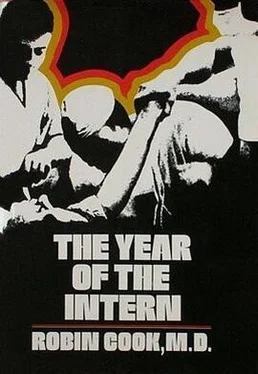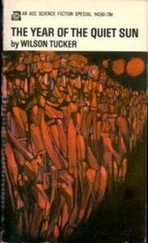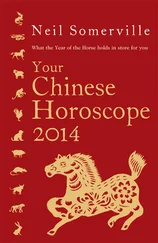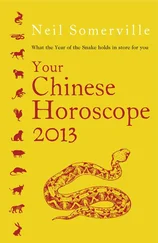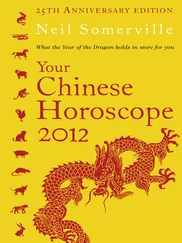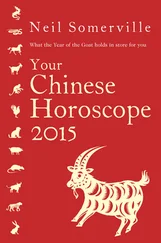I felt the same ambivalence, for a different reason. I knew that most of the machines did almost nothing. Some of the smallest ones, though unimpressive to look at, did all the work. Those little green respirators, for insistence, clicking and clacking as they breathed for the people who needed them, were worth all the others put together. The complicated ones, with their screens and electronic blips, were not doing anything unless they were being watched. Medical school had taught me how to read these oscilloscopes. I knew that an upward sweep on the screen indicated millions of sodium ions rushing into the muscle cells of the heart. Then came a bump on the screen as the cells contracted while the cytoplasmic organelles worked like crazy to pump the ions back into the extracellular fluid. Fantastic to think about; but this scientific wizardry was only half the job. On the basis of these curves and sweeps, a doctor still had to make the diagnosis and then a prescription. That’s what pulled me apart, wanting to be there because I could learn a lot in a short time, yet always terrified that I wouldn’t know what to do when total responsibility fell on me because I was the only doctor around.
In fact, my fear had already been justified several times — for instance, during my first night on call as an intern, when I was paged to deal with a hemorrhage in the ICU. Rushing upstairs, I had reassured myself with the fact that localized pressure would stop any bleeding. Then, entering the room, I had seen him and stopped in my tracks. Blood was pouring out of both sides of his mouth, drowning him in a red river, a continual bloody gush. It wasn’t vomitus; it was pure blood. Terrified, I had just stood there watching, dumfounded, while his eyes pleaded for help. Later I was told that nothing could have been done. The cancer had eaten through the pulmonary vein. But all that mattered to me was that I had been lost, empty-headed, and immobilized. For nights afterward I had relived that scene, and now I had an obsession about being able to do something, even if it wouldn’t help the patient.
Mrs. Takura was propped up in a corner bed. She was almost eighty, and her head was wreathed with fine white hair. A Sengstaken tube hung out of her left nostril, firmly held by a piece of sponge rubber that wrinkled and distorted her nose. A few drops of blood had dried in one corner of her mouth. The Sengstaken tube is about a quarter of an inch in diameter, and it is a rough one. Inside this large tube are three smaller ones, called “lumens.” Two of the lumens have balloons attached, one inside the tube in a short lumen and one on the end in a long lumen. In order for the Sengstaken tube to work, the patient must swallow all this apparatus, never an easy task, and especially hard when the patient is vomiting blood, as is usually the case. Once the tube is down, the balloon on the bottom of the tube, in the stomach, is inflated to roughly the size of a large orange; this anchors everything in place. About halfway up is the second balloon; when inflated it takes the shape of a hot dog nestling inside the lower esophagus. The third lumen, small but long, simply dangles in the stomach for use in evacuating unwanted fluids, like blood. The point of the whole thing is to stop esophageal bleeding through pressure exerted on the walls of the esophagus by the hot-dog balloon.
Only once before, in medical school, had I treated a patient who needed a Sengstaken tube. His problem was alcoholism, which had caused severe cirrhosis and, eventually, liver failure. Mrs. Takura wasn’t an alcoholic, of course — her problem sprang from an earlier case of hepatitis, years before — but their cases had a common aspect. A damaged liver impedes the passage of blood, so that pressure gradually rises in the blood vessels leading to the liver and then backs up, causing the veins to the esophagus to dilate and, in extreme cases, to break. At this point the patient vomits copious amounts of blood. Although I had treated the alcoholic for only a day or two, I vividly remembered trying to help him swallow those balloons. When he couldn’t do it he had been taken to surgery, and he never made it back to the ward.
Portal hypertension with bleeding esophageal varices was a serious affair, but so far we had been able to stabilize Mrs. Takura’s by getting the tube down her. And she was scheduled to be operated on in eight hours or so.
She didn’t look Oriental, despite her name and her abundant good cheer and inner calm, traits that I was beginning to see in all Orientals. Every time we talked she was lucid and alert, knowing just what was happening and speaking very quietly. I think she would have calmly discussed her geraniums in the middle of a typhoon. When she asked me how I was, as she always did, the answer seemed important to her. We got along well. Besides, I thought she would recover. You get that feeling with some patients, just an irrational hunch. Sometimes it works out.
Once, a few hours after her admission, the doctors had tried to remove the Sengstaken tube, but this had resulted in recurrent heavy bleeding and sent her into shock before the tube could be replaced. Since I had been off duty that night, I missed the blood and drama; she did scare me badly the next morning, however, when her blood pressure suddenly dropped to 80/50 and her pulse shot up to 130 per minute. Somehow, I had been collected enough to order and administer more blood, realizing that the steady bleeding had finally affected her pressure. When the blood pressure came up again nicely, my spirits rose with it Cause, effect, cure. This should have given me a bit of lasting confidence, but, curiously, believing that a right decision lay behind every situation only made me more nervous. To give the blood had been a right decision, but a simple one; next time it might be different.
Tonight, Mrs. Takura was pleasant and calm, as usual. I checked her blood pressure and the balloon pressures, and generally messed around trying to justify my being there, although I really only wanted to talk to her.
“So, are you ready for your little operation?”
“Yes, Doctor, if you are ready, I’m ready.”
That was a shocker. I felt sure she meant “you” in the collective sense, the whole surgical service. She couldn’t have meant me. I was nowhere near being ready, despite the fact that I did know a good bit about the operation, at least the theory of it. I could talk for twenty minutes on portal-pressure gradients, on the various benefits and disadvantages of the surgical approach by forming a portal-vein-to-inferior-venacava anastomosis, end to end or end to side. I could even remember the diagrams of the splenorenal union — that was end to side. The whole idea was to relieve the blood pressure in the esophagus by connecting the liver venous system, where the pressure had risen and caused the bleeding, to a vein where the pressure was still normal, like the interior vena cava, or the left renal vein. Also lodged in my memory were the comparative mortality figures for these various procedures, but I didn’t want to think about that. How can you look at a patient and think 20-per-cent mortality?
“ We’re ready, Mrs. Takura.” I leaned hard on the “we,” when in fact I wanted to say “they,” for I had never even watched one of these operations, called a portal caval shunt. Theoretically, it was fantastic. Nothing excited the professors so much as talking about those pressure changes and hooking up this with that. Once they got started, they particularly enjoyed rattling on about obscure articles written by Harry Byplane of Umpdydump University (Harry was always a very good friend, of course), which showed that some article by George Littlechump at Dumpdydump University had been wrong in assuming the intralobular hepatic vein pressure gradients with the portal interlobular plexus weren’t important. That was it right there, the kind of stuff you got a lot of on medical-school ward rounds. To win the game, you had to quote the most obscure article about some pressure gradient (they especially liked pressure or pH gradients) saying that Bobble Jones had shown conclusively (any doubt was disaster) that in a series of seventy-seven patients (an exact number, even if fictional, was necessary), all seventy-seven died if they went to the hospital. It didn’t much matter what you said at the end as long as you got in enough numbers and gradients and personal references to the author; then you were golden, and rocketed to the front of the class. That was the big leagues: “Well, Peters, you’ve really done it now.” What about Mrs. Takura? Forget the patient, man, we’re talking about hydrogen ions in the blood, that’s pH, with a little p and a big H.
Читать дальше
